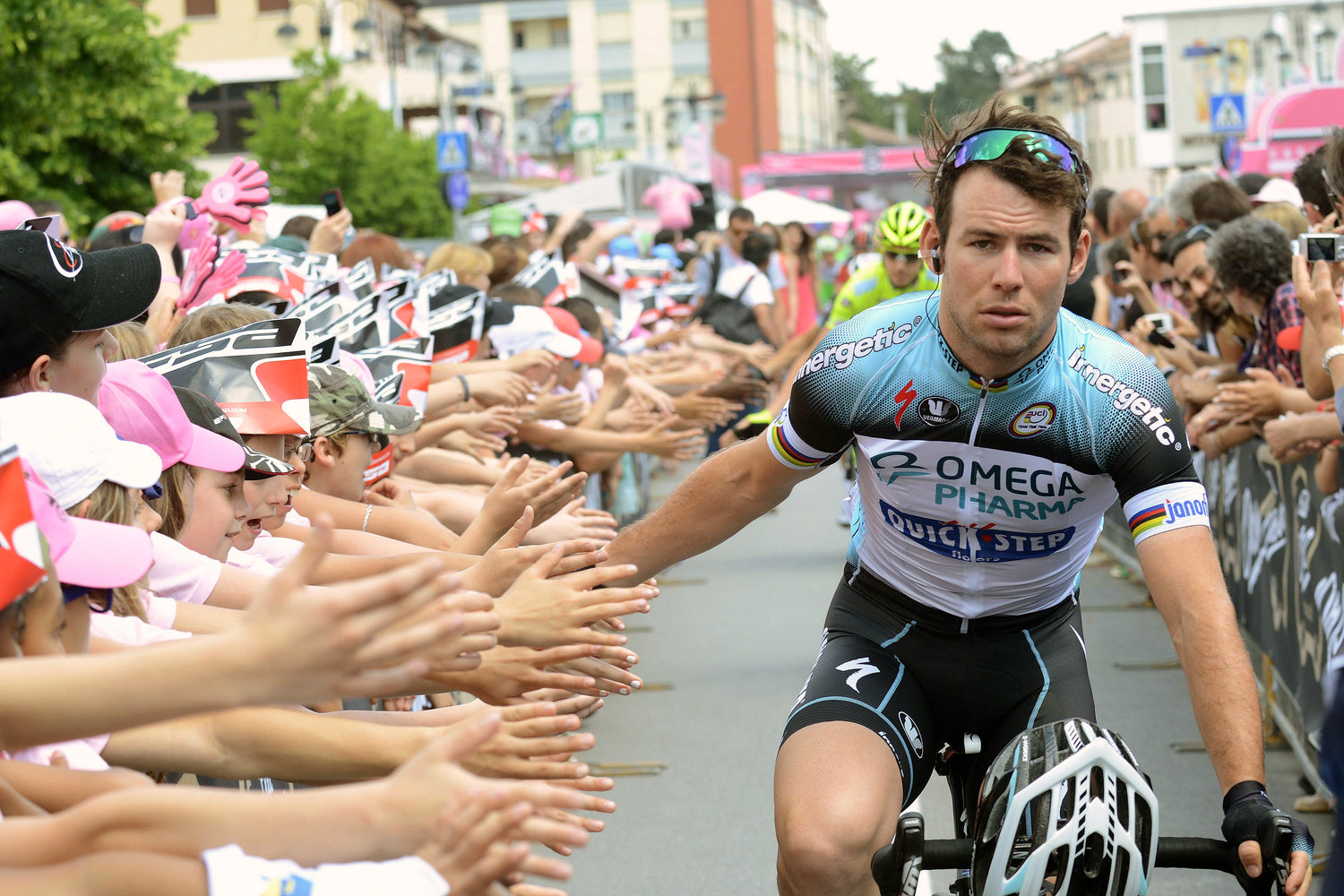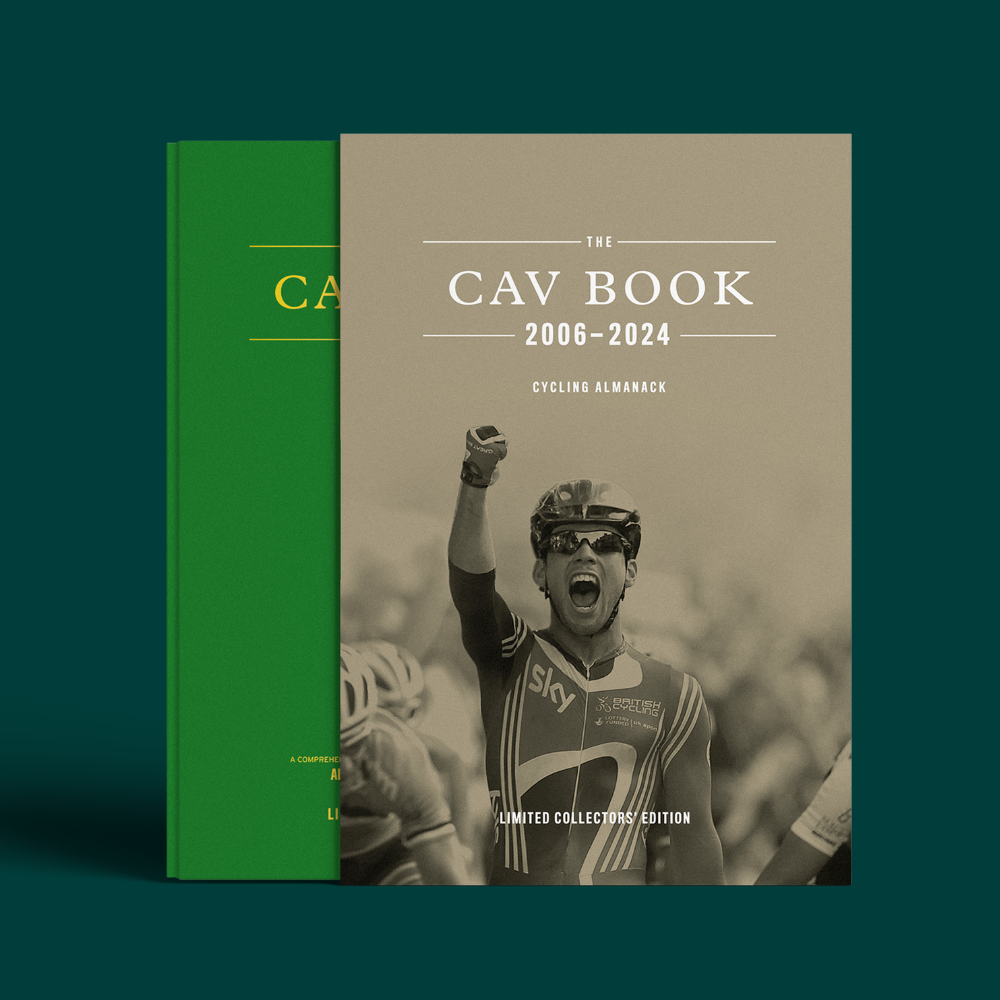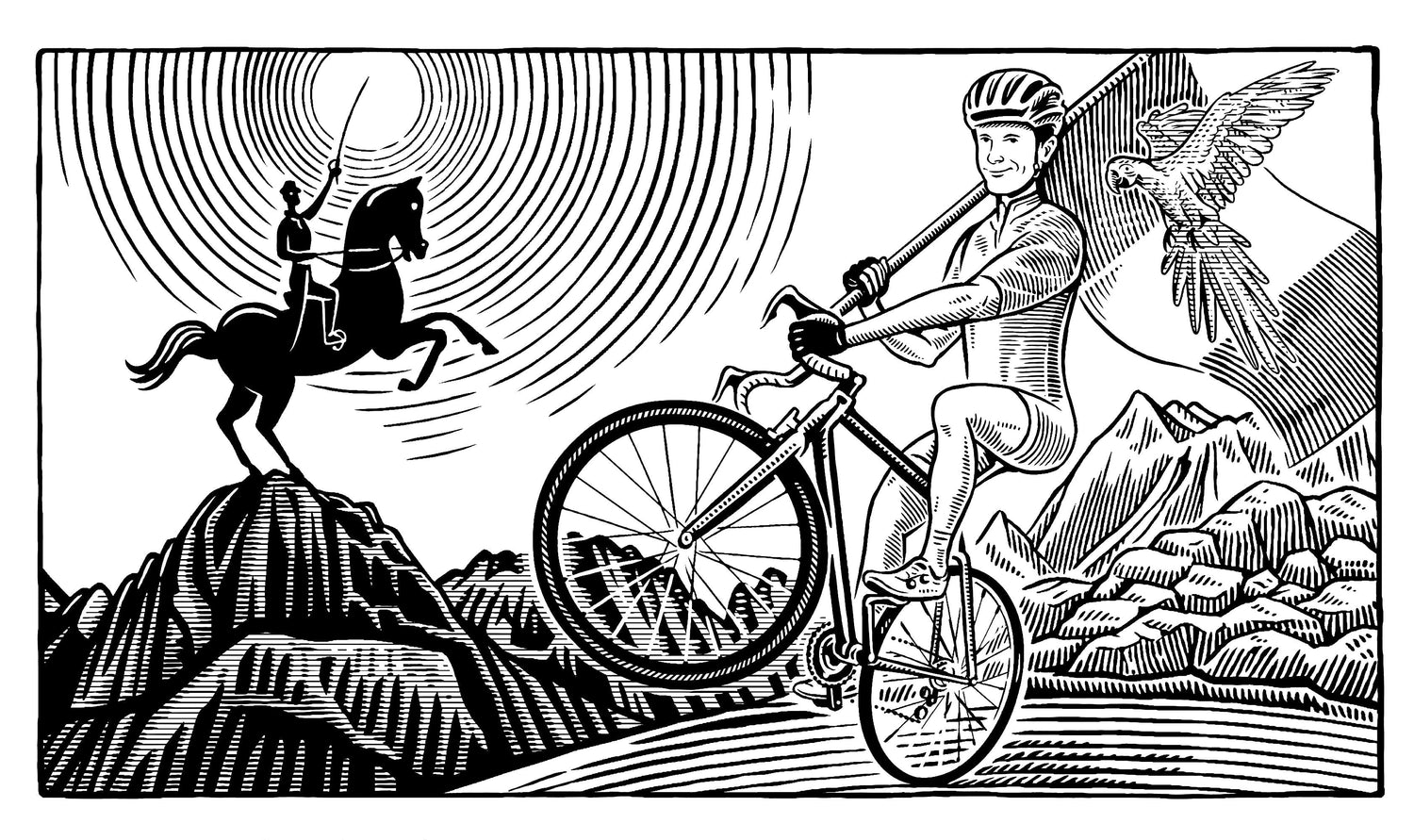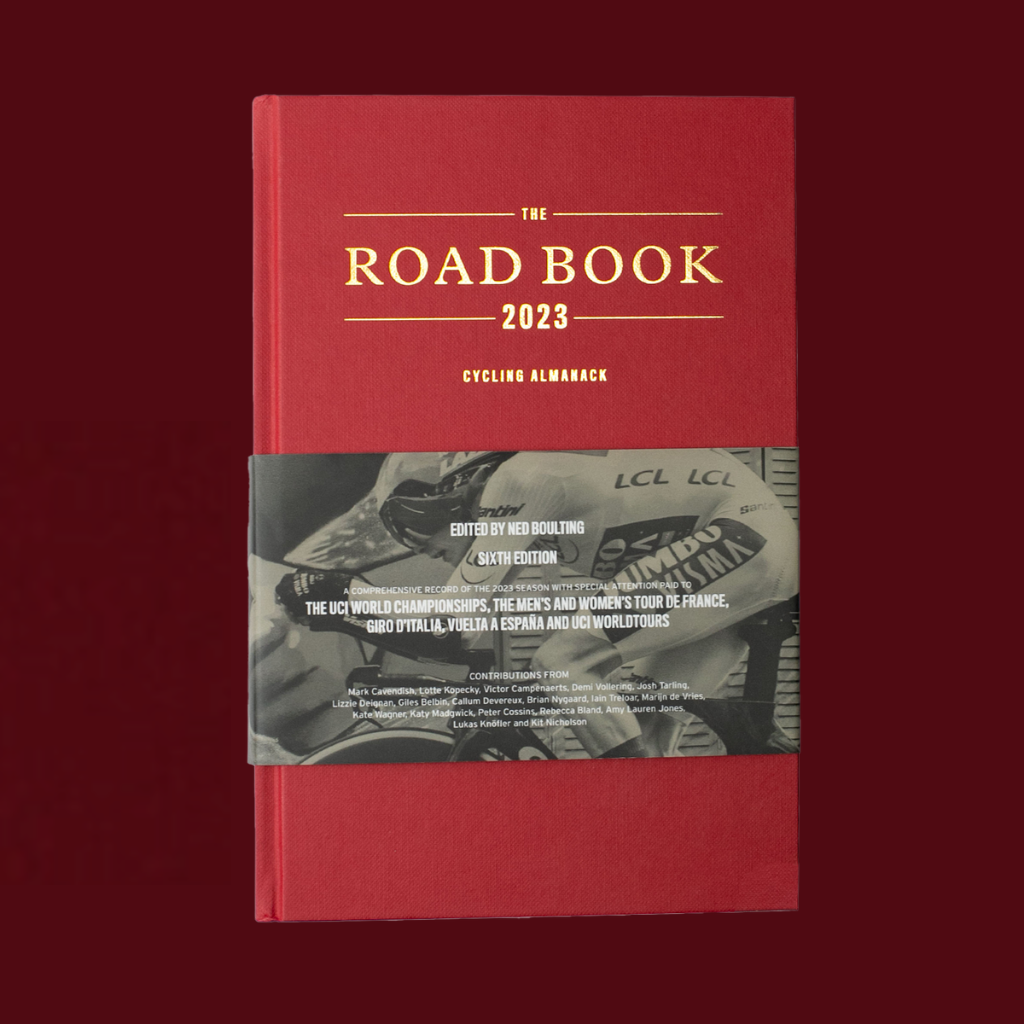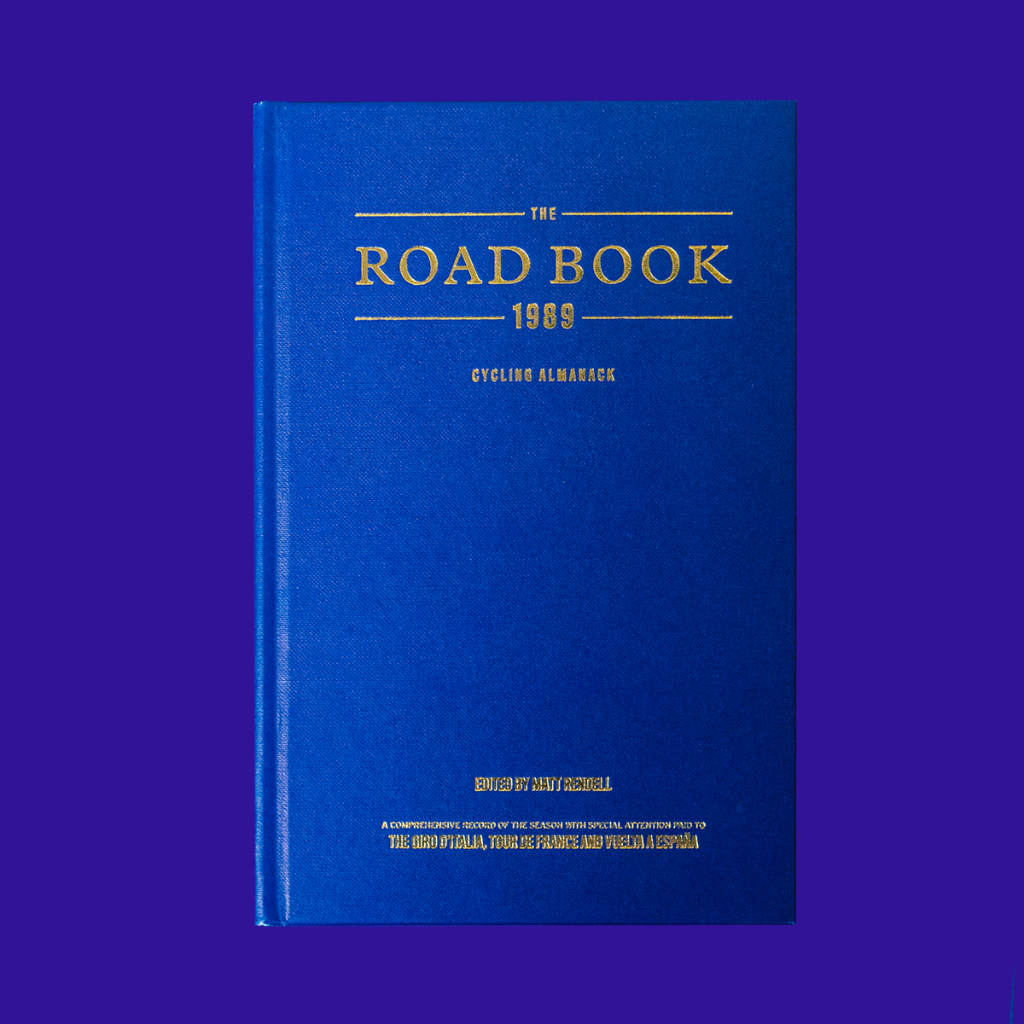Extract from The Road Book 2020 Edition. To read the full essay from Lukas Knöfler and many more from our array of incredible contributors, purchase your first edition copy by 20th December 10pm for guaranteed Christmas delivery.
In late July 2020, the cycling world’s eyes were drawn to Transylvania, and the first category-1 race after the reopening of the cycling calendar: the tenth edition of Romania’s Sibiu Cycling Tour.
Eleven years earlier, in July 2009, a group of cycling fans from the Transylvanian city of Sibiu were watching the Tour de France. Adrian Aldea, Florin Opris, and Radu Coica soon agreed that they wanted something similar in their home town. They enlisted the help of friends and colleagues, founded an organising association, made plans, held talks, secured sponsors, and in 2011 the Sibiu Cycling Tour saw the light of day. This group of economists, tourist guides, medical and automotive industry professionals, journalists, and pensioners who were themselves amateur cyclists in the 1970s had managed to organise a five-day, category-2 stage race in their spare time. For the 2013 season, the race moved up to category-1 status.
The mountain-top finishes at Păltiniș and Bâlea Lac were part of the race from the first year, and the 22km climb up to Bâlea Lac at an altitude of 2040 metres is the defining feature of the race. Built under the Ceausescu regime in the 1970s (with an unknown number of fatalities during the construction), the Transfăgărășan Road winds its way up through a mountain valley in countless hairpins before reaching the glacial lake where a tunnel connects to the southern side of the Carpathian Mountains. In 2009, British TV show Top Gear named the Transfăgărășan ‘the best road in the world’, a title previously given to the Passo dello Stelvio.
Ever since 2012, the race has started with a short, technical prologue in the historic centre of Sibiu, passing through medieval cobbled streets and archways, going by remnants of the city walls as well as Orthodox, Catholic and Protestant churches. A sprinter-friendly stage concluding on the Bulevardul Victoriei south of the city centre and a short final stage finishing on the Piața Mare (or Great Square) on Sunday evening complete the race.
There have been some familiar names achieving success in the Sibiu Tour over the years. While Davide Rebellin was already in the twilight of his apparently never-ending career when he won the 2013 edition – the Italian veteran finished as runner-up the two following years and still managed an eighth place this year – a certain Primož Roglič was just starting out in 2014, placing second on both mountain stages and finishing third overall. Three years later, in 2017, Egan Bernal did a clean sweep of the mountain stages, winning solo both in Bâlea Lac and Păltiniș on the way to a dominating overall victory. Only two years later, Bernal stood on the podium in Paris as the winner of the Tour de France. In the following years, Gianni Savio’s Androni Giocattoli squad defended Bernal’s title, first with Ivan Sosa, then with Kevin Rivera.
The race is popular with the participating teams since all stages start in Sibiu, meaning the teams can stay in the same hotel for its entire duration. The varied terrain around Sibiu offers opportunities for climbers as well as sprinters, and breakaway specialists are not without a chance either: in the last three years, three stages were won from a breakaway. However, the race’s usual spot in early July means it is normally overshadowed not only by the Tour de France but also the Tour of Austria and the Tour of Qinghai Lake.
I have been at the Sibiu Cycling Tour almost every year since I was first invited by the race organisers in 2014. Setting up an Anglophone Twitter account for the race, I tweeted live updates during each stage, and my responsibilities soon grew to sending out press releases and advising the race organisation. From 2015, I was joined by another cycling enthusiast, Tim Siekmann from Bielefeld, and we have shared the work between us. The only edition I missed was in 2019 – there are only so many times your cousin gets married. I was looking forward to making the trip to Romania again in 2020, and things were looking good. The race route had been announced, and the peloton was taking shape with Sibiu Tour regulars as well as prospective new teams from all over the world registering their interest. Then came the Covid-19 pandemic, and the whole cycling calendar was put on standby.
Eventually, the UCI announced that cycling would start up again from 1 July, putting the Sibiu Cycling Tour – initially scheduled to start one day later – front and centre in the restarted calendar. Though several teams (especially those from outside Europe) had to cancel their participation, many other teams were suddenly eager to get into the race in their quest for race days. By mid-June, many aspects of the new UCI protocol were still not entirely clear and, with travel restrictions also still enforced in many places around Europe, the decision was made to postpone the race by three weeks to 23–26 July. Unfortunately, this meant that a rise in Covid-19 cases in Romania in the week before the race led to late cancellations from Androni Giocattoli-Sidermec, Alpecin-Felix, and Austrian Continental team Felbermayr Simplon Wels.
Nevertheless, on the eve of the race, 22 teams were presented on the Piața Mare: WorldTour teams Bora-Hansgrohe and Israel Start-Up Nation, Pro teams Nippo Delko One Provence (with Romanian sprinter Eduard Michael Grosu), Vini Zabù-KTM, and Bardiani CSF Faizanè, 16 Continental teams, and a Romanian national team around climber Serghei Țvetcov. This being the first significant team presentation since the sport’s restart, the atmosphere still felt somewhat surreal: there were none of the usual crowds intermingling and chatting with riders and team staff; handshakes were replaced by waves and elbow bumps; and the media reporting on the race was relegated to its designated, fenced-in box.
In the circumstances, just getting the race underway was a victory for the organisers. They had worked tirelessly for weeks ahead of the start, liaising with the Romanian health authorities as well as the UCI to make sure every possible precaution was taken. This included closing the start and finish venues to spectators, monitoring the health situation of everyone at the race with questionnaires and temperature checks twice a day, serving meals in hotel rooms rather than shared restaurants, and of course everyone wearing face masks. Not content with using single-use masks, the race organisation also ordered hundreds of branded masks.
The participating teams – for many of whom this was their first race back – were happy about the conditions and the measures taken by the organisers, and (despite the rising number of cases in other parts of Romania) they had no qualms whatsoever about racing in Sibiu. All riders and staff members had to show a negative Covid-19 test in order to be allowed to participate in the race. The same was true for the commissaires, and the race organisation went above and beyond that by also arranging for tests for everyone who would be in contact with the teams – including me.
Without the Tour de France overshadowing the race, the 2020 Sibiu Cycling Tour attracted an unprecedented – but by no means undeserved – amount of media attention. Our race press releases were picked up by all cycling media, and a select number of international journalists travelled to Romania to follow it first-hand. German print journalist Tom Mustroph was particularly prolific, placing articles about the race in most big German and Swiss newspapers. But for many of us, getting to Sibiu in the first place was anything but straightforward in the strange world of 2020. The normal connection from Hamburg to Sibiu via Vienna was cancelled, and so was the alternative via Warsaw. Finally, after several rebookings and an overnight stay in Bielefeld, I bagged a ticket on a flight from Dortmund. Taking my seat on the plane, I realised I would be sitting next to one of the riders travelling to the race, 21-year-old Meindert Weulink of Dutch Continental team À Bloc CT. Weulink started explaining the situation and that they needed to limit contact to outsiders, so I happily swapped seats with one of his teammates. Asked about the goals for his first-ever category-1 race, Weulink was looking forward to the mountain-top finish on Bâlea Lac, wanting to test himself and see where he stood in comparison to the WorldTour competition. (As it turned out, he would lose 15 minutes on stage 1’s 25km climb but quickly find a new objective: instead of a good overall result, he would show his attacking spirit, successfully joining the breakaway on the two remaining road stages and eventually winning the Sibiu Tour’s combativity prize.)
Lukas Knofler



